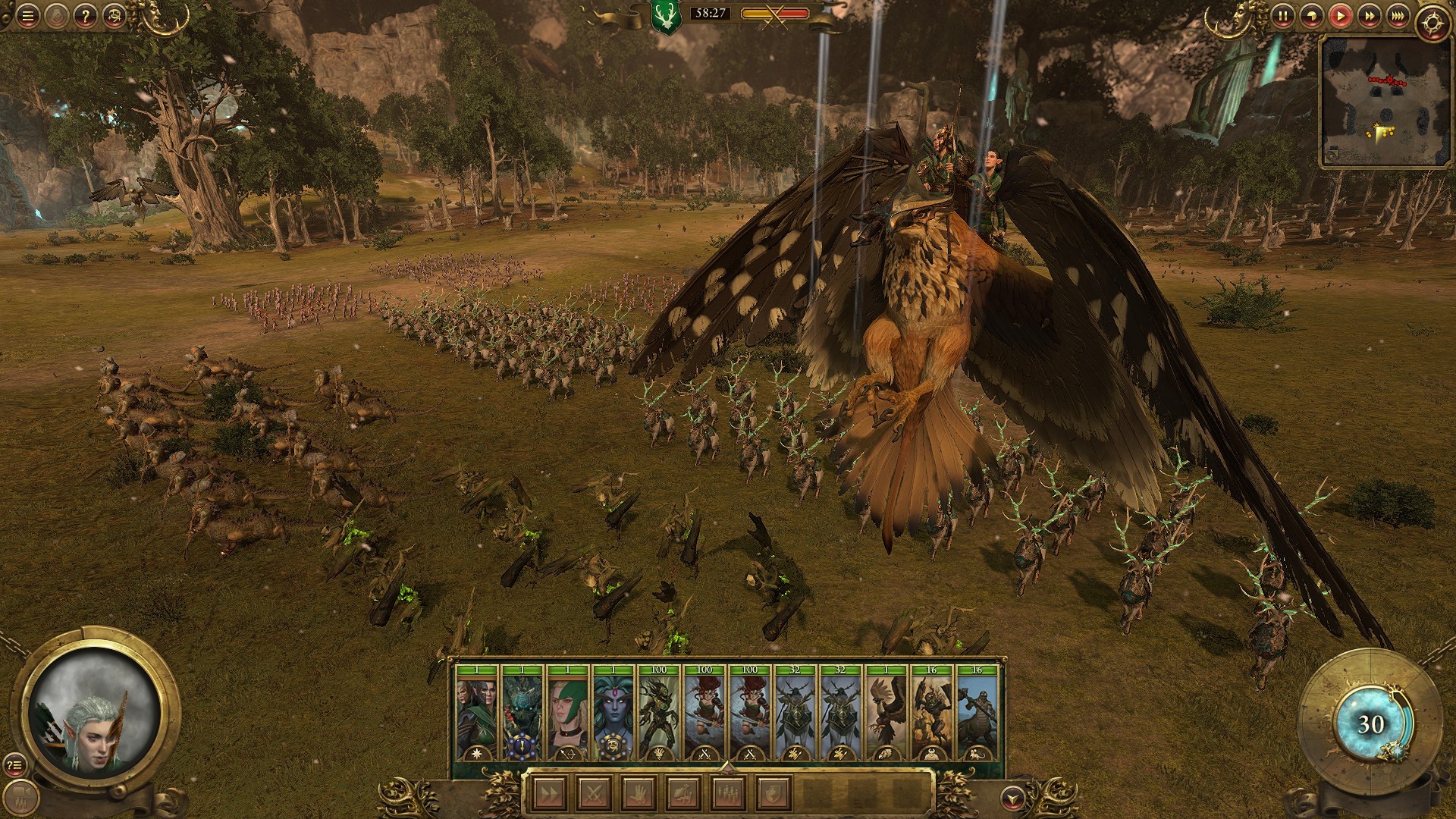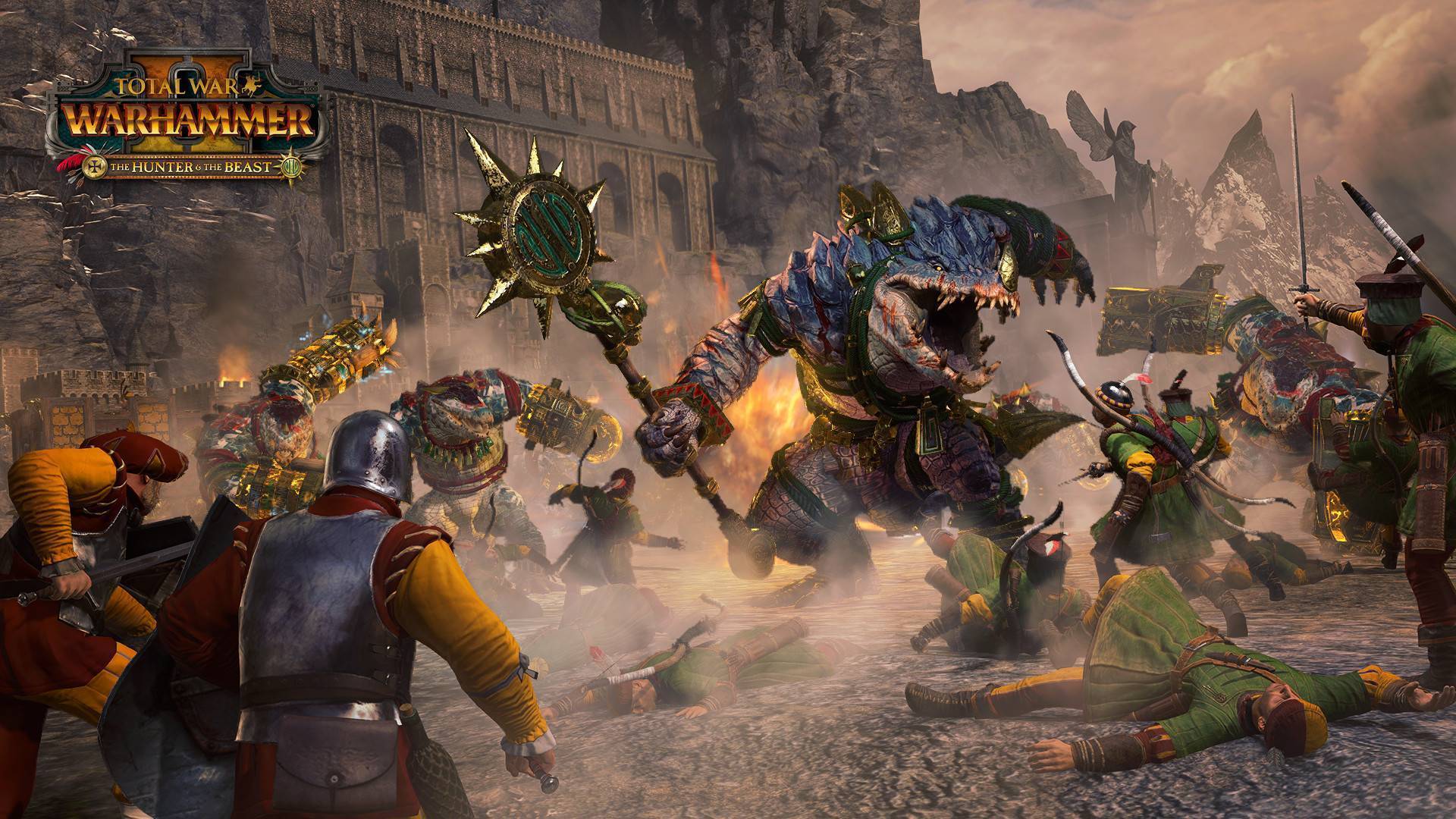

With bugs still being ironed out and its first DLC on the horizon, Warhammer 3 seems on the verge of joining its predecessor in S-Tier. As well as a slew of quality-of-life improvements, Warhammer 3 expanded Mortal Empires into Immortal Empires, a truly vast sandbox campaign featuring hundreds of playable factions and three continents worth of conquest. Total War: Warhammer 3: Despite some lingering difficulties with its story campaign and settlement battles, Total War: Warhammer 3 represents the culmination of the Total War: Warhammer trilogy. Following on from the continent-spanning maps of Empire and Napoleon, many players appreciated the return to a narrower focus, where local politics, resource management, and settlement building became much more important.

The return to 16th century Japan was an immediate hit with fans and critics alike, praised for its refinement of the classic Total War gameplay as well as its immersive setting. Total War: Shogun 2: In 2011, Creative Assembly brought players back to the series' original setting in Total War: Shogun 2. Combining the maps and factions of Warhammer 1 and Warhammer 2 into a single, gigantic sandbox campaign called Mortal Empires, Warhammer 2 allowed an unprecedented level of replayability, as well as a world that felt both dynamic and familiar.

As well as a slew of quality-of-life improvements, Warhammer 2 featured something never before seen in a Total War game, a campaign that combined the content of two different titles. Total War: Warhammer 2: Total War: Warhammer may have been the series' first foray into fantasy, but it took until Warhammer 2 to show what the collaboration with Games Workshop could really do for Total War. Mods range from minor additions to complete reworks, with some of the most popular being the remake Stainless Steel, and the Lord of the Rings conversion Third Age: Total War. Contributing to this long life-span, Medieval 2 is also one of the most heavily-modded Total War titles. These improvements and a well-polished finish helped to cement Total War: Medieval 2's place as one of the fan-favorite Total War titles, with many players still returning to it 15 years later.

On top of more diverse factions and armies, Medieval 2 featured more diplomacy options, an improved UI, smarter AI, and better balance in battles. Although the game returned to the 11th to 15th century timeframe from the original Total War: Medieval, it massively expanded on Medieval's core features. Total War: Medieval 2: Released in 2006, Medieval 2 marked a major turning point in the Total War series.


 0 kommentar(er)
0 kommentar(er)
